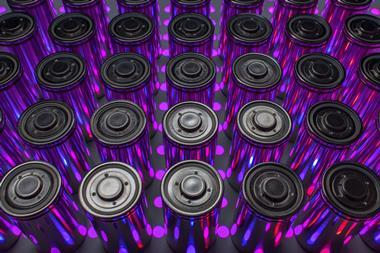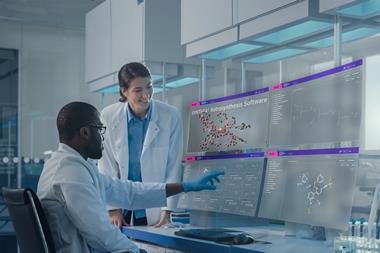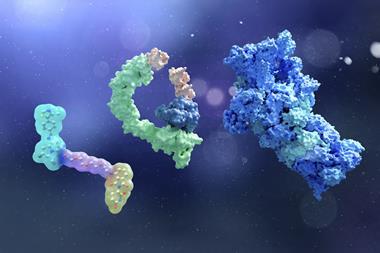Benchtop NMR has rapidly gained popularity across multiple disciplines for its ease of use, portability and affordability. For those working in the photochemistry and photocatalysis communities, exciting new advances now enable real-time molecular level monitoring of light-activated processes within any research laboratory.
Over the course of this one hour webinar, you’ll learn from experts how benchtop NMR can be integrated with the sample illumination to characterise light-activated reactions in-situ. Through high uniformity illumination which uses several wavelengths simultaneously, without the need for fibre-optic cables, you’ll discover how it is now possible to observe molecular switches and photodegradation as they occur inside the sample. You’ll also see how photocatalysed reactions and even photochemical signal enhancements can be discerned.
By attending this webinar you will learn…
- Why benchtop NMR can now provide a comprehensive characterisation of photochemistry in the labs of chemists, engineers and researchers
- How NMR can quantify the kinetics, energetics, intermediates and structural changes in photochemically activated reactions
- A new, efficient and convenient method for delivering controlled and multi-wavelength sample illumination within a benchtop NMR spectrometer
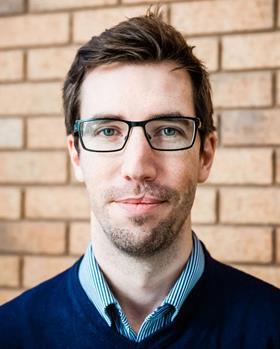
Speaker: James Sagar, Strategic Product Manager, Oxford Instruments
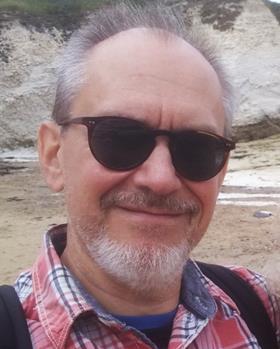
Speaker: Alexander P. Golovanov, Reader in structural biology and chemistry, Department of Chemistry, the University of Manchester, UK

Oxford Instruments Magnetic Resonance benchtop NMR spectroscopy and time domain (TD-NMR) relaxometry solutions enable novel research and optimise quality control. Our X-Pulse NMR spectrometers, with unique broadband multi-nuclei selection, identify molecular structure and monitor reaction dynamics.
The University of Manchester is a part of the prestigious Russell Group of UK universities, with a global reputation for the highest level of research and teaching. It is one of the largest universities in the UK, ranked 35th in the world in the 2021 Academic Ranking of World Universities.
Find out more information here.
